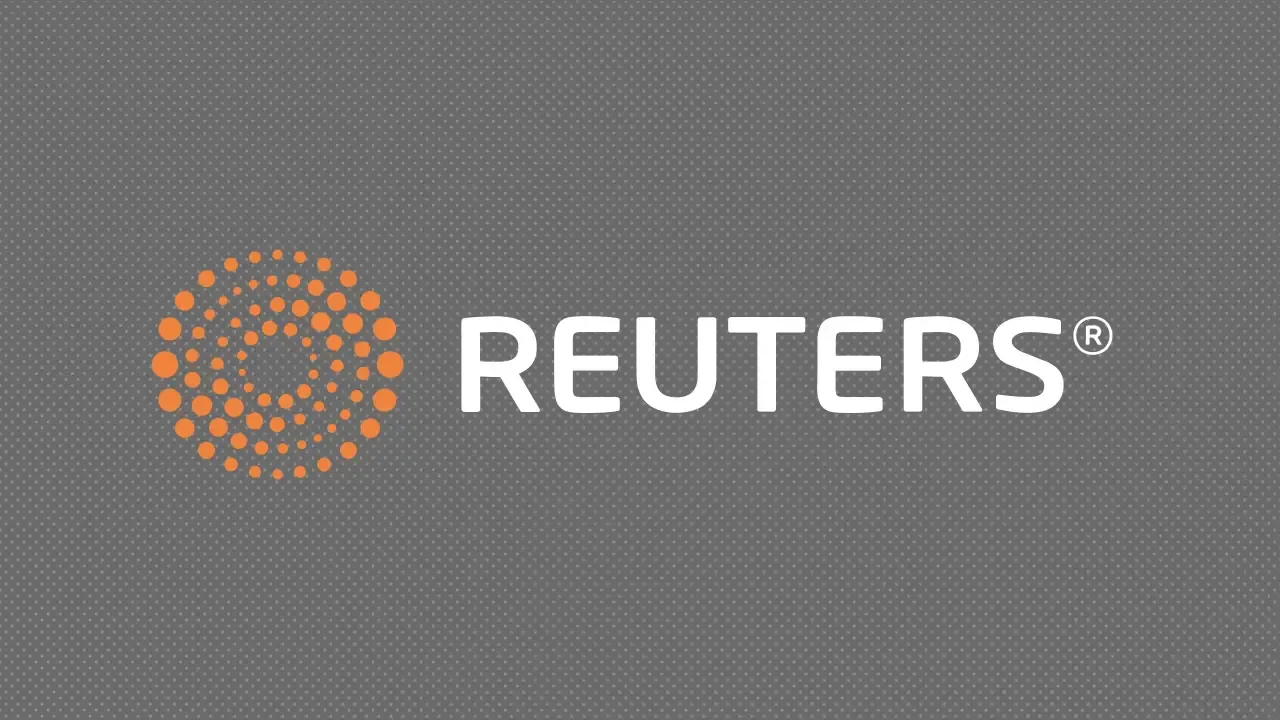WASHINGTON, April 10 (Reuters Breakingviews) - Jerome Powell’s impressive soft landing only leads to more hard choices. The Federal Reserve chairman’s feat leading an effort to tame runaway U.S. inflation, which dipped to 2.4% as of March, without inducing a recession is in jeopardy of coming undone because of President Donald Trump’s trade war. Having channeled his hero Paul Volcker, who oversaw the central bank under Presidents Jimmy Carter and Ronald Reagan, to subdue prices, Powell may yet get an opportunity to use his ideas on stagflation, too.
Economic tension has been mounting. Before Trump backtracked on tariffs, temporarily reducing many of them to 10% on Wednesday, investors were anticipating cheaper money. Futures markets signaled the probability of a full percentage point reduction in the benchmark federal funds rate this year, to a range of 3.25% to 3.5%. The outcome clashed with most broker estimates. Nomura’s team, for one, was forecasting just one cut, and not until December.
The White House is also applying pressure. Ahead of Trump’s so-called Liberation Day, he was goading Powell to lower borrowing costs. “He is always ‘late,’” the president posted on social media, “but he could now change his image, and quickly.”
Powell pushed back. The tariffs were higher than anticipated, Powell said, last week, and they could spark “persistent” inflation beyond the initial price shock. His colleagues on the Federal Open Market Committee agreed. Chicago Fed President Austan Goolsbee called the levies on U.S. imports a “negative supply shock” with unclear effects, while Fed governor Adriana Kugler spoke of the “essential” task of keeping inflation expectations anchored. In other words, make sure consumers don’t get spooked and create a self-fulfilling prophecy.
The comments suggest the Fed is wary of acting before the data becomes clearer. When inflation flared at the end of the last year, Powell also endured criticism for having cut interest rates in November. Now, with the March consumer price index dropping to its lowest level since 2021, there will be fresh howls for the FOMC to act.
There are many scenarios for Powell to consider. If debt investors sustain their revolt against Washington’s unpredictability and apply a risk premium to U.S. Treasuries, the Fed may be pressed into buying them to help keep U.S. coffers full. Trump also could try to fire Powell, which would force him to defend the central bank’s independence more forcefully while simultaneously contending with any market misgivings.
Although Trump largely folded on tariffs, for now, they remain more than high enough to weigh on growth and aggravate prices, especially with a 145% rate on goods from China, the third-largest U.S. trading partner, in place. Any signs of stagflation will send Powell back to the Volcker playbook.
In the 1970s, oil supply shocks helped spark broader inflation and crimped economic output. Instead of tackling prices, the Fed under Chairman Arthur Burns yielded to political pressure from President Richard Nixon and kept interest rates low, an unsuccessful strategy that achieved neither stronger economic output nor price stability.
When Volcker took over in 1979, the central bank pushed, opens new tab interest rates beyond 20% at the expense of growth and employment. It led to a painful recession, but one that eventually stabilized public perceptions and restored GDP expansion. Powell speaks of the example often.
Economists, on average, are not expecting the U.S. economy to have grown much, if at all, in the first quarter, and JPMorgan analysts anticipate a recession this year. Investors are scared, with the CBOE Volatility Index, or the VIX, trading at levels only seen during the 2008 financial crisis and the pandemic. The dollar is weakening, bond yields are rising and tariffs remain a looming inflationary threat. Powell will be keeping his Volcker guide close.
CONTEXT NEWS
U.S. inflation eased to 2.4% in March, the lowest annual rate since 2021, the U.S. Bureau of Labor Statistics said on April 10.
President Donald Trump urged Federal Reserve Chairman Jerome Powell on April 4 to cut the benchmark federal funds rate amid a growth scare over the White House's widespread tariffs.
Trump on April 9 abruptly reversed course on part of his trade war, temporarily dialing back levies on goods from many countries for 90 days to allow room to negotiate lower trade barriers. He also increased the duty on Chinese goods to 145%.
